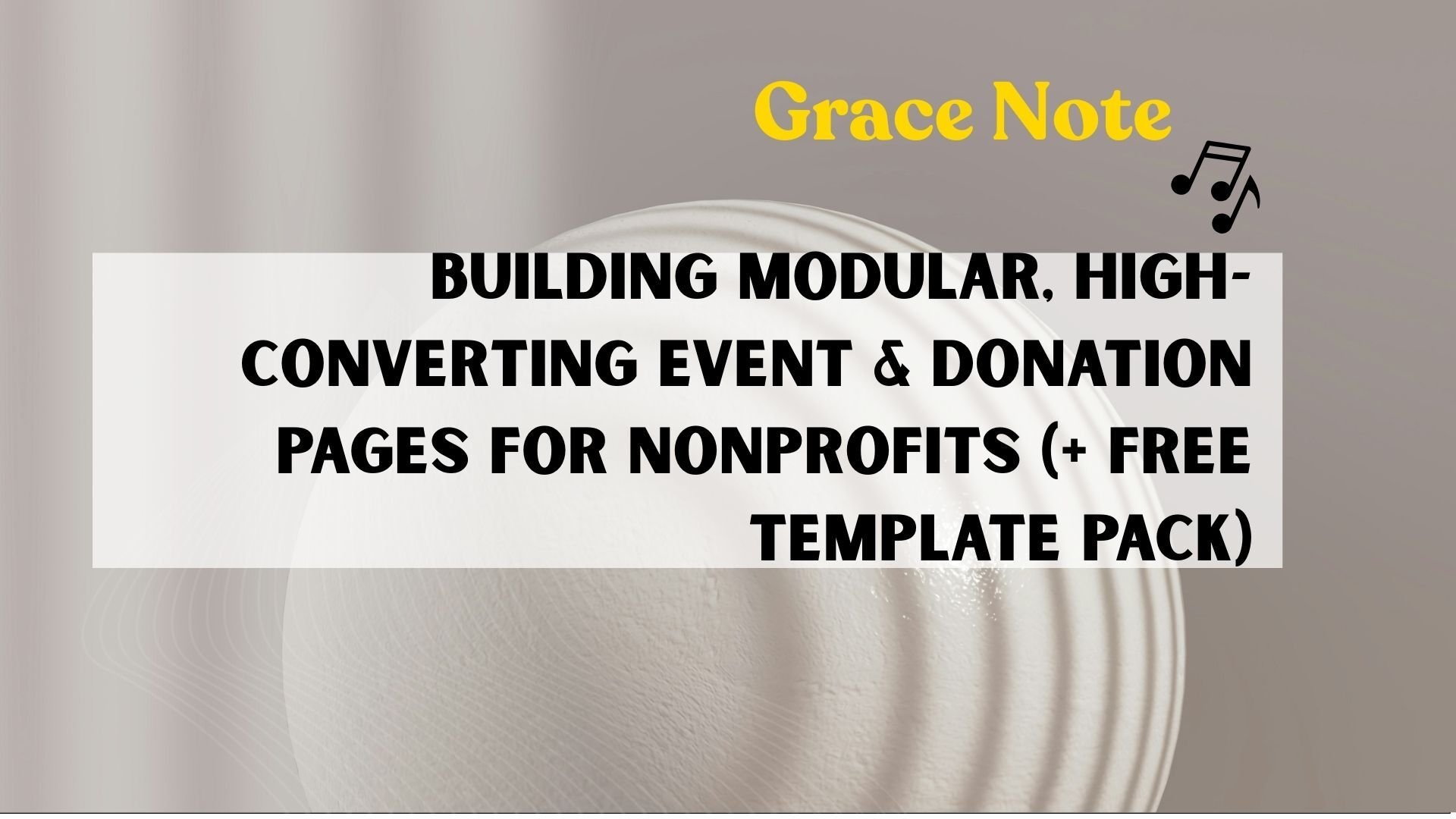
The Six Stages of the Audience Journey

Every performing arts organization dreams of turning a first-time attendee into a devoted supporter. But audience engagement isn’t just about great performances—it’s about building lasting relationships. To do that effectively, organizations need to understand the six key stages of the audience journey and leverage marketing technology (MarTech) to integrate and automate touchpoints along the way.
1. Awareness: The First Encounter
At this stage, a potential audience member becomes aware of your organization through various channels—social media, word-of-mouth, digital ads, or press coverage. A strong MarTech stack ensures your messaging reaches the right people through:
- Targeted digital advertising (e.g., Meta and Google Ads)
- Social media engagement tools for scheduling and analytics
- SEO-optimized content to drive search traffic
- CRM tracking to measure new leads and interest
2. First Ticket Purchase: Making It Easy and Memorable
Once someone is interested, a seamless ticketing experience is crucial. A clunky or frustrating checkout process could drive them away. Here’s where integration makes all the difference:
- Easy mobile-friendly ticket purchasing
- First-time attendee offers to incentivize new buyers
- CRM data capture to track purchase history
- Automated abandoned cart emails to recover lost sales
3. Repeat Ticket Purchase: Cultivating Loyalty
After a great first experience, how do you encourage them to return? Smart automation, timely communication, and data segmentation can help:
- Personalized follow-ups (e.g., “We hope you loved the show! Here’s 10% off your next ticket.”)
- Loyalty programs for repeat buyers
- Email segmentation based on past attendance to tailor recommendations
- Retargeting ads that remind audiences about upcoming shows
4. First Donation: The Transition
A ticket buyer who loves your performances is a prime candidate for a first donation. A well-integrated system makes the transition seamless:
- Donation prompts at checkout (e.g., “Add a $10 donation to support our education programs.”)
- Follow-up communications that tell impact stories and introduce giving opportunities
- Personalized thank-you messages using automation
5. Repeat Donations: Building Deeper Connections
Once someone has given, it’s essential to continue nurturing that relationship. This is where marketing automation and personalization shine:
- Targeted impact reports showing how donations make a difference
- Exclusive content (behind-the-scenes videos, artist interviews)
- Personalized appeals based on past giving history
- Recognition programs that celebrate donor milestones
6. Becoming a Major Supporter: The “Put-A-Ring” Stage
A repeat donor may be ready to take the next step—becoming a true partner of your organization, be it a major donor, volunteer, or even a board member. At this stage, deeper engagement opportunities should be presented through:
- Personal invitations to exclusive events
- One-on-one cultivation strategies
- Volunteer or leadership opportunities
- Special donor tiers with benefits
Bonus: Where Do Complimentary Ticket Holders Fit In?
Many first-time attendees enter the journey through a complimentary ticket—whether as a guest of a donor, a corporate partner, or a community outreach initiative. Instead of treating them as one-time visitors, organizations should:
- Capture their contact info upon RSVP
- Send personalized follow-ups (e.g., “Hope you enjoyed the performance! Here’s a special offer for your next ticket.”)
- Segment them for future marketing based on their attendance
Conclusion: The Power of Integration
A well-integrated MarTech stack ensures that every touchpoint—from awareness to major giving—is seamless, automated, and data-driven. By leveraging CRM, marketing automation, email segmentation, and digital advertising, performing arts organizations can guide audiences through this journey with precision, turning casual attendees into lifelong supporters.
Are you ready to strengthen your digital infrastructure and take your audience engagement to the next level? Let’s talk about building a MarTech strategy that works for your organization.


.png?width=1920&height=1080&name=ArtsRising%20Blog%20Banner.pptx%20(1).png)